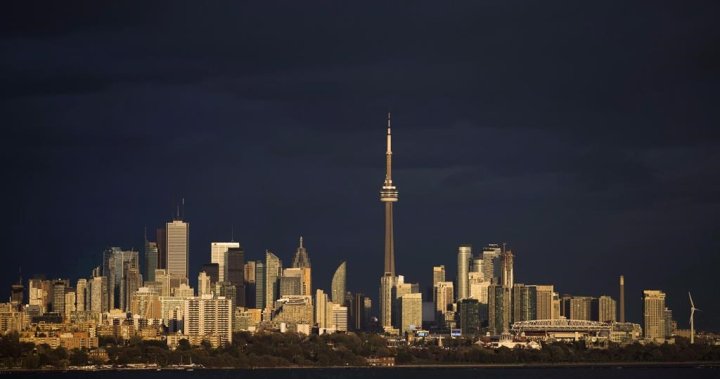Voters across the Greater Toronto Area headed to the polls to help choose Canada’s next prime minister in what is shaping up to be one of the most closely-watched federal election in recent memory.
As polls began reporting results, early numbers showed the Liberal Party were maintaining a lead across the GTA, continuing a trend that has largely held since 2015.
Despite a notable Conservative surge in national support, which was seen during recent byelections, the vote-rich GTA appears to be holding onto its traditional red wall as Global News projects a Liberal government.
With 122 of Canada’s 343 ridings located in Ontario, and 52 of those clustered in the GTA, the region is considered a key route to electoral victory and one of the most competitive ridings in the province.
In the run-up to the vote, both Liberal Leader Mark Carney and Conservative Leader Pierre Poilievre made Ontario central to their campaigns.
Carney focused on urban ridings like Scarborough, Windsor, and Cambridge, while Poilievre rallied in Vaughan, Brampton, Kingston, and Oakville.
Historically, downtown Toronto has remained a Liberal stronghold, with familiar red sweeps across the urban region, while Conservatives have traditionally performed well across rural Ontario as the more north from GTA you go, the more blue you tend to see.
Get daily National news
Get the day’s top news, political, economic, and current affairs headlines, delivered to your inbox once a day.
The Liberal party also appears to be reclaiming territory lost in the previous byelection, seen in the Toronto–St. Paul’s area, where Leslie Church has taken the seat back from the Conservatives, which secured it in a byelection last year.
However, the Conservatives have gained ground on the edges of the GTA, especially in York Region, where they have picked up four ridings so far, compared to the 2021 elections.
The party has also made gains in Peel Region and Halton, cutting into previously secure Liberal territory with several close races.
In Oakville, a newly redrawn boundary splitting the region into east and west, has created a close contest in the east, between Liberal incumbent Anita Anand and Ron Chhinzer, a former police officer running for the Conservatives.
Meanwhile, York Centre has been retained by Conservative MP Roman Baber, marking a key breakthrough for the party in a traditionally red riding.
In Brampton, several ridings are shaping up to be tight races, with Brampton West leaning Conservative, and Brampton–Chinguacousy Park and Brampton North–Caledon leaning towards Liberal as of midnight Eastern.
In Markham–Unionville, the Conservatives are ahead by a few hundred votes after controversy forced the Liberal Party to replace candidate Paul Chiang with Peter Yuen just weeks before the election.
While Progressive Conservatives have recently won in urban and suburban areas like Etobicoke and Mississauga at the provincial level, those same regions are now showing stronger support for the Liberals federally.
As votes continue to be counted, early trends suggest the Liberals are on track to form a minority government, with strongholds across the GTA offsetting Conservative gains elsewhere.
While the final seat count remains in flux, especially in tightly contested suburban ridings, the GTA’s electoral weight appears to have assisted in shaping the outcome of Canada’s federal election.
© 2025 Global News, a division of Corus Entertainment Inc.

